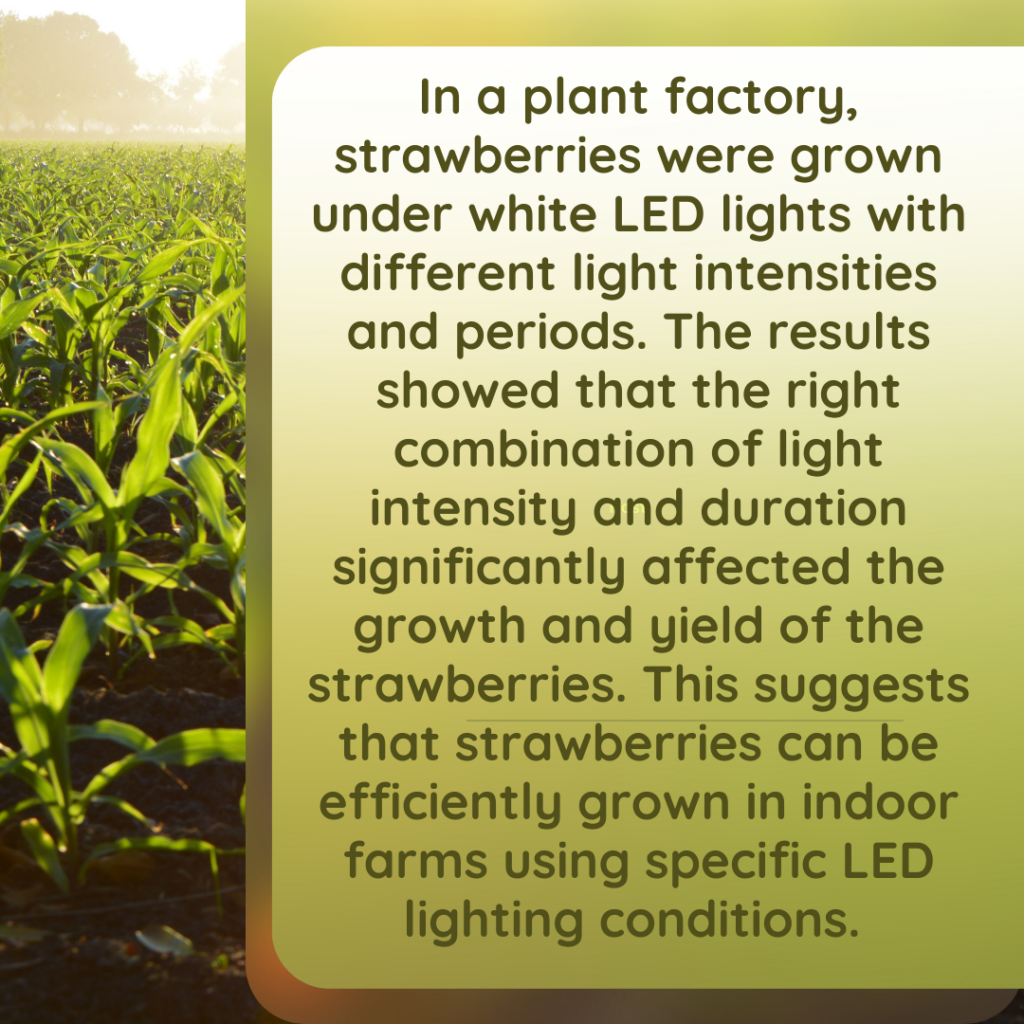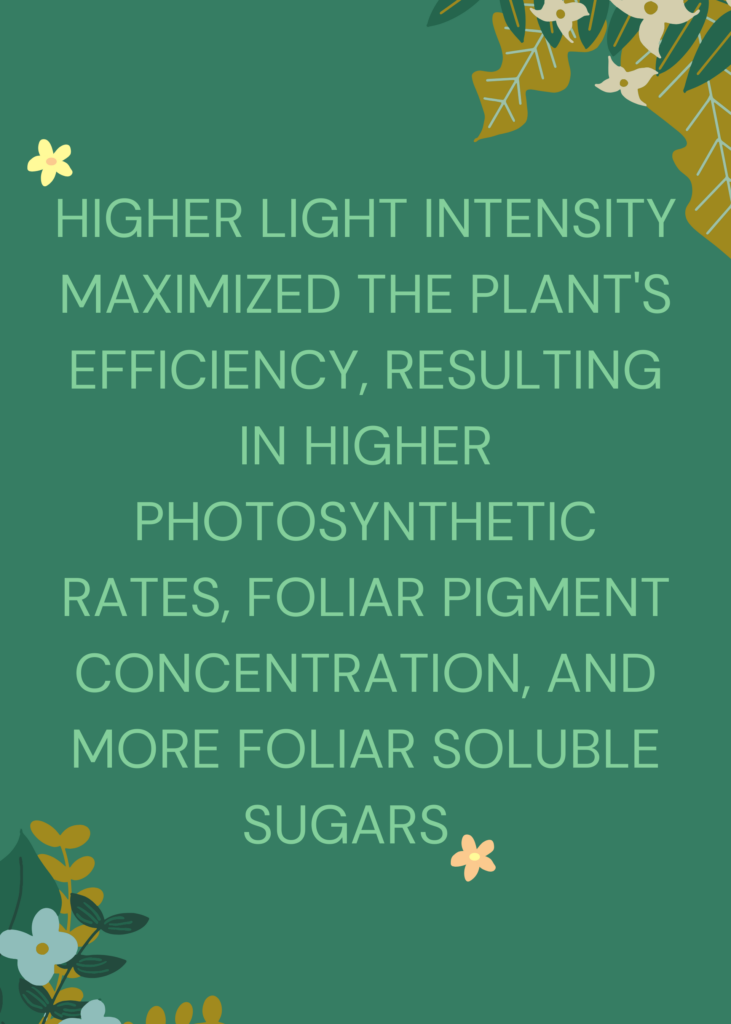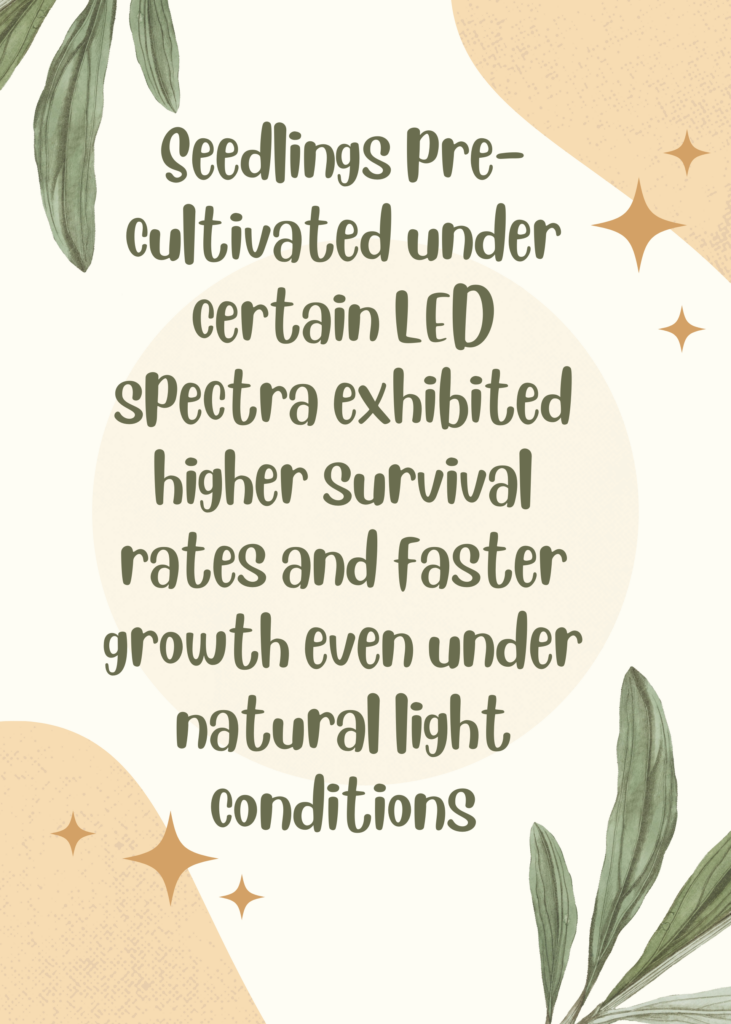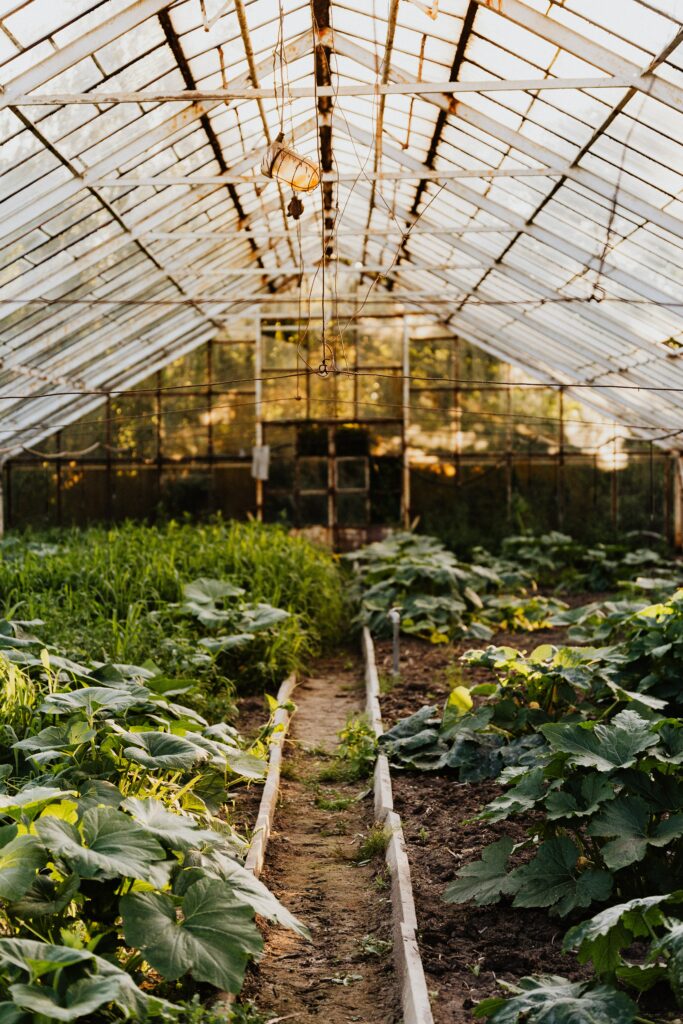To achieve sustainable and efficient agricultural practices, LED (Light Emitting Diodes) technology in crop cultivation has emerged as a game-changer.
This comprehensive guide will discuss the profound effects of LED light on crop growth and its influence on various physiological, developmental, and metabolic processes in plants.
Drawing on recent scientific findings, this article explains the nuanced interactions between LED light characteristics and plant responses, offering valuable insights for researchers, agronomists, and greenhouse operators alike.
LED Technology: Revolutionizing Modern Agriculture
The integration of LED technology into agricultural practices marks a significant shift from traditional horticultural lighting systems. LEDs, known for their energy efficiency and durability, offer precise control over light intensity and spectral quality.
This precision is crucial, as different crops have unique light requirements for optimal growth and development. Customizing light profiles according to plant needs enhances crop yield and quality and significantly reduces energy consumption, contributing to sustainable agriculture.

The Science behind Plant Growth and Light
Plant growth and development are linked to the light environment, particularly light intensity, quality, and photoperiod. Light intensity, often measured in photosynthetic photon flux density (PPFD), influences photosynthetic activity, a process vital for plant energy production.
Light quality, or spectral composition, affects various physiological and developmental processes. For instance, blue light generally promotes vegetative growth, while red light stimulates flowering and fruiting.
The photoperiod, or duration of light exposure, also plays a crucial role. It influences several plant responses, including flowering, dormancy, and stress resistance.
When outdoors, plants can notice the various shades of sunlight. Combined with the air’s temperature and moisture levels, they can determine the time of day and the season. This is why certain plants bloom, bear fruit, or grow roots at particular times of the year.
They’re naturally tuned in to the world around them. Understanding these aspects of plant-light interaction is fundamental for optimizing crop cultivation under LED lighting.
Growth and Developmental Responses to LED Light
Light treatments rich in red or far-red light significantly influenced plant height and developmental stage duration. A study by Sonia Smirnakou et al. explored the impact of various LED light qualities on Quercus ithaburensis var. macrolepis seedlings. They found that specific LED treatments, particularly those high in green and red lights, promoted higher leaf formation and positively influenced shoot development.
Another intriguing aspect is how the red to far-red light ratio (R:FR) affects plant yield, particularly in dense crop canopies like wheat. Research conducted by M. Fernanda Dreccer et al. demonstrated that wheat yield potential could be significantly enhanced by increasing R:FR light conditions during critical developmental stages.
The yield response was highly dependent on the developmental stage and varied among cultivars. Positive responses were noted especially when high R:FR was applied after the start of stem elongation, with yield gains associated with a higher number of tiller spikes and grains per spike. This suggests that manipulating R:FR from stem elongation to maturity could be a promising strategy for significantly boosting grain yield in wheat.
Photosynthesis under Different Light Conditions
Photosynthetic activity, a cornerstone of plant growth, was another major focus of the study. Recent research revealed that lower light intensities led to decreases in the photosynthetic rate, stomatal conductance, and sugar accumulation.
Interestingly, while petiole generation and fruit yield sharply decreased with reduced light intensity, photosynthetic pigment content increased, suggesting a complex relationship between light conditions and plant physiological responses.
Another research found that the response to different light spectra was cultivar-dependent, with some spectra contributing to better photosynthetic performance and others leading to worse outcomes. This highlights the importance of optimizing light conditions for specific plant species or cultivars to enhance photosynthetic efficiency and overall plant health.

Metabolic Adjustments to LED Lighting
One study examined how different LED lights, like red, blue, or white, affected plants from the Brassica family, including veggies like kale and cauliflower.
The researchers found that the type of light could change the levels of certain important molecules called carotenoids (these give plants their green, yellow, or orange color and are important for their health). Interestingly, plants didn’t react the same way across the board.
For example, pak choi (a type of Chinese cabbage) produced more carotenoids under blue and white LEDs than just white or red and white LEDs. This means that depending on the type of plant, farmers might need to use a specific color of LED light to get the best growth.
Another study focused on how light affects the timing of flowering in plants, which is crucial for farmers who grow flowers for sale. They used different light qualities and found that certain light types could make plants flower earlier, which is useful for planning harvests.
Also, the light didn’t change when the plants flowered; it affected their internal workings, like how they processed energy during photosynthesis and the nutrients they stored.
LED Lighting and Crop Yield Quality
A comprehensive review of various studies revealed that adding supplemental LED lighting to greenhouse tomatoes significantly increased their yield by 40%, improved their taste (soluble solids) by 6%, and boosted their vitamin C content by 11%. This shows that using additional LED lights in greenhouses can make tomato plants more productive and their fruits better in quality.
When rocket plants were grown under continuous light from LEDs, they got bigger, and their leaves contained more nutrients. The study compared different light treatments and found that continuous light, even at low intensity, boosted rocket plants’ growth and nutritional quality. This means that using the right kind of light schedule can make the plants healthier to eat.

The Future of LED Lighting in Agriculture
The insights from this article and others like it highlight the transformative potential of LED lighting in agriculture. By manipulating light intensity, spectral quality, and photoperiod, it is possible to optimize crop growth, yield, and quality.
However, the successful implementation of LED technology in crop cultivation requires a deep understanding of plant-light interactions and the specific light requirements of different crops. Ongoing research in this field is expanding our knowledge and refining LED lighting applications in agriculture.
LED technology’s flexibility and energy efficiency make it a sustainable choice for future farming practices, particularly in controlled environments like greenhouses and indoor farms.
As the global population continues to grow and the demand for fresh produce increases, leveraging advanced technologies like LED lighting will be crucial to meeting these needs without compromising our planet’s health.
Conclusion
LED lighting emerges as a transformative force in modern agriculture, offering substantial crop yield and quality benefits. Studies across diverse plant species, from lettuce and rockets to tomatoes and strawberries, consistently highlight the positive impact of tailored LED lighting solutions.
By manipulating light intensity, duration, and color spectrum, growers can boost plant growth and enhance nutritional content and taste, contributing to healthier and more appealing produce.
